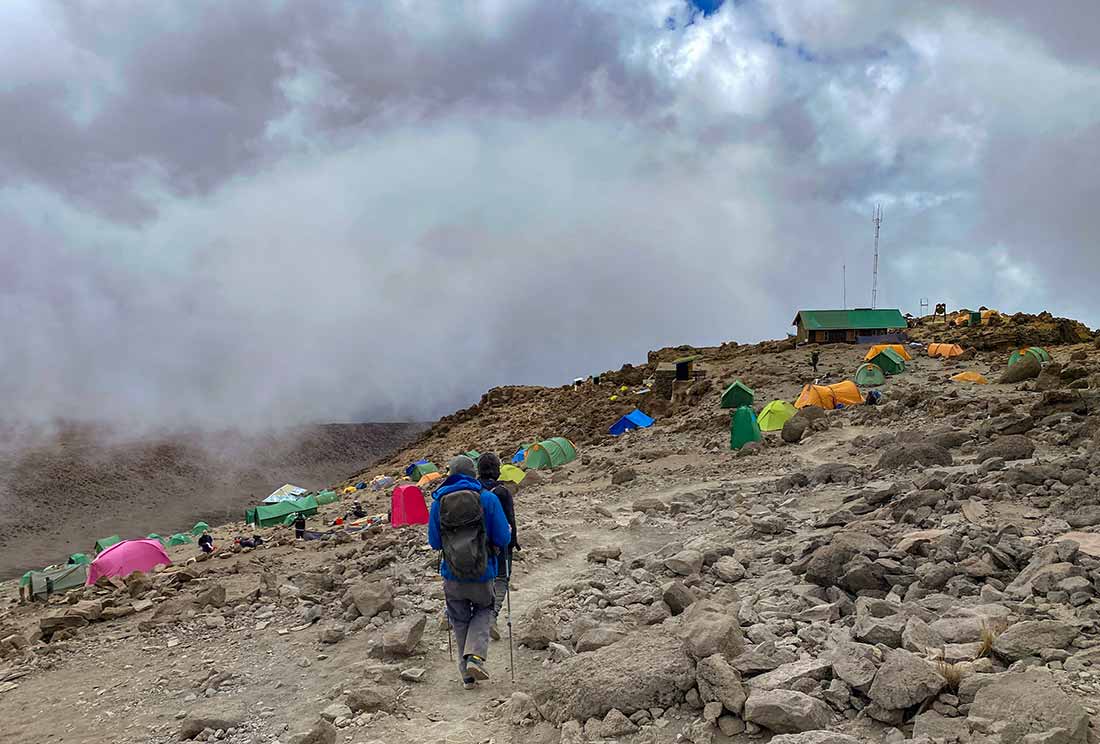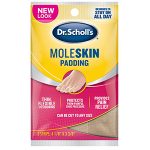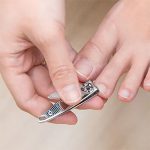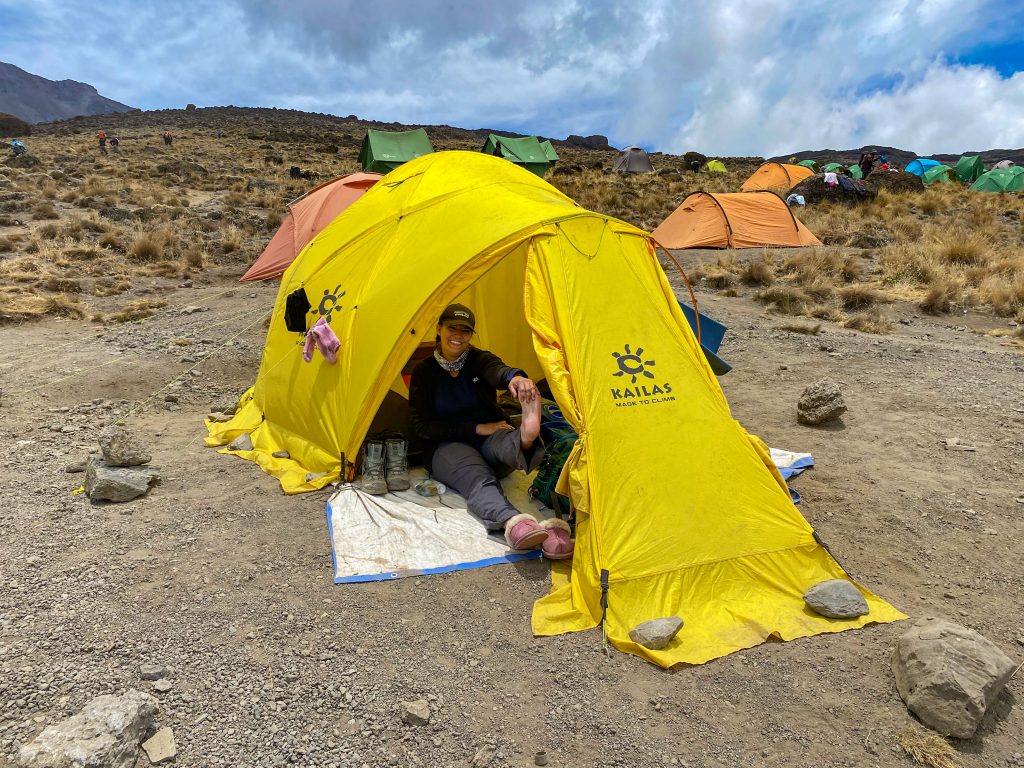Hiking Kilimanjaro is a once-in-a-lifetime adventure that requires thorough preparation. One of the items you need to focus on in your preparation is your feet. Your feet will be your primary mode of transportation during the hike. It is crucial to ensure they are in top condition to avoid discomfort or injuries that could hinder your journey. In this article, we will discuss essential tips on how to take care of your feet while hiking Kilimanjaro.
1. Choose the Right Footwear
Selecting the right footwear is paramount for any hiking adventure. Kilimanjaro is no exception. Make sure to invest in high-quality hiking boots. They should be waterproof, breathable, and comfortable. Your boots should also fit correctly. Allow room for your toes to wiggle without being too loose. Prioritize comfort over style. Break in your boots before heading to Tanzania to avoid blisters and discomfort on the mountain.
Additional recommended footwear should be camp slippers to change into once you have washed your feet to keep them warm and dry.
2. Wear the Right Socks
The type of socks you wear can greatly impact the health of your feet during the hike. Opt for moisture-wicking socks made from synthetic materials or Merino wool. They can keep your feet dry and prevent blisters caused by sweat. Avoid cotton socks as they tend to retain moisture which increases the risk of blisters. It’s also a good idea to bring extra pairs of socks and change them regularly to keep your feet dry and fresh.
3. Keep Your Feet Clean and Dry
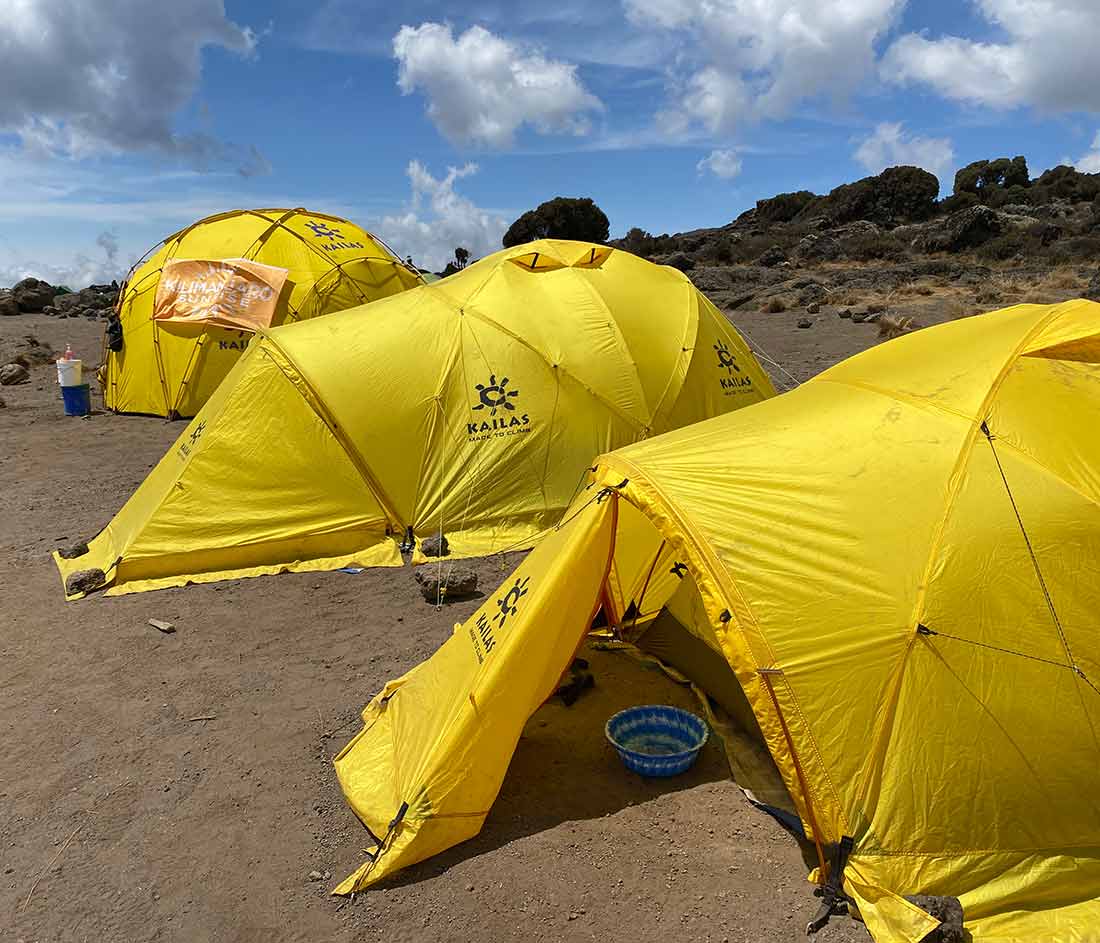
Maintaining good foot hygiene is crucial while hiking Kilimanjaro. Clean your feet with mild soap and water, especially at the end of each day’s hike. Thoroughly dry them to prevent blisters and fungal infections. Pay close attention to the areas between your toes as they tend to accumulate moisture. Consider bringing a small towel or foot powder to help keep your feet dry during the hike.
4. Take Regular Breaks
During the Kilimanjaro hike, it’s crucial to take regular breaks. Give your feet a break from the constant pressure of hiking. Sitting down, taking off your boots, and elevating your feet can help reduce swelling and prevent discomfort. Use these breaks to inspect your feet for any signs of blisters, redness, or other issues. If there is any problem developing let your guide know. They can assist you in preventing further damage.
5. Use Moleskin, Blister Pads, or Duct Tape
Blisters are a common occurrence during long hikes. Kilimanjaro is no exception. To prevent blisters, use moleskin, blister pads, or duct tape on areas prone to rubbing. These areas are your heels, toes, and sides of your feet. These protective pads can provide a barrier between your skin and your footwear, reducing friction and preventing blisters from forming.
6. Stay Hydrated
Proper hydration is essential for overall health. It’s particularly important during high-altitude hikes like Kilimanjaro. Dehydration can cause swelling and discomfort in the feet, and increase the risk of blisters. Make sure to drink plenty of water throughout the day, even if you don’t feel thirsty. Avoid excessive caffeine, as it contributes to dehydration.
7. Trim Your Toenails
Long toenails can be uncomfortable and may cause pain or bruising during a long hike. Before embarking on your Kilimanjaro adventure, make sure to trim your toenails properly. Cut them straight across. Avoid rounding the corners to reduce the risk of ingrown toenails. Keep them at a reasonable length to prevent them from hitting the front of your hiking boots and causing discomfort.
8. Take Care of Your Circulation
High altitudes can affect your circulation, which may result in cold feet, numbness, and other discomforts. To promote healthy circulation, wiggle your toes, flex and stretch your feet, and move your ankles.
Final Thoughts
Nothing will make your Kilimanjaro climb more miserable than extremely sore feet. You’ll be on them for several days and having torn-open blisters or sores will make the trip unbearable. We hope you follow these tips while hiking Kilimanjaro and that your feet do not cause you any problems.

